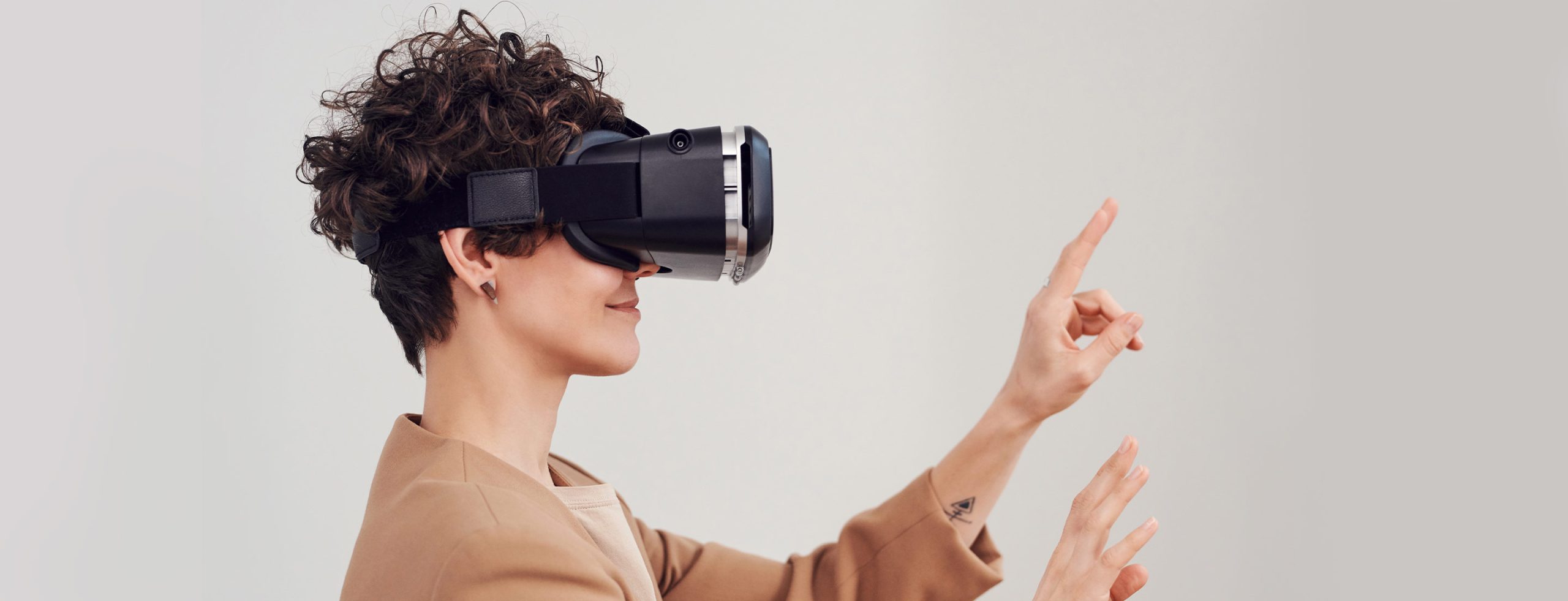
The Surprising Role of VR in Assistive Healthcare Devices
Assistive Technology Partners – Virtual Reality was once imagined only for gamers or tech enthusiasts. Today, it has found a place in hospitals, therapy centers, and even in patients’ homes. The surprising role of VR in assistive healthcare devices is not just about entertainment, but about transforming the way people with disabilities experience recovery, therapy, and daily living. This shift is creating opportunities that medical professionals and patients never expected, making VR one of the most powerful innovations in modern healthcare.
Read More: The Biggest Broadband Rollout in History
The surprising role of VR in assistive healthcare devices becomes clearer when we consider the limitations of traditional rehabilitation. Patients recovering from strokes, spinal cord injuries, or traumatic brain injuries often struggle with repetitive and monotonous exercises. VR changes that by offering immersive environments where therapy feels less like a chore and more like a motivating challenge. Instead of simply moving an arm up and down, a patient might reach for virtual fruit in a digital orchard. The engagement is higher, and so are the results.
In rehabilitation clinics, therapists are increasingly turning to VR headsets and motion sensors to guide patients through therapy. The surprising role of VR in assistive healthcare devices shines in this setting because it allows for real-time feedback. When patients see their progress visually in a virtual environment, they gain confidence and motivation. Moreover, therapists can track precise movements, record data, and adjust sessions to match the patient’s needs. This personalization accelerates recovery and keeps patients engaged longer than traditional exercises ever could.
Beyond physical therapy, VR has become a tool for mental and cognitive rehabilitation. The surprising role of VR in assistive healthcare devices extends to conditions such as PTSD, anxiety, and cognitive decline. Immersive simulations provide safe spaces for exposure therapy, while memory training games help older adults maintain cognitive sharpness. For individuals with disabilities, VR offers a unique opportunity to experience independence in ways that daily life might restrict. Whether it is exploring a virtual city or interacting with a simulated social environment, VR bridges the gap between therapy and empowerment.
One of the most profound impacts is how VR fosters inclusivity. The surprising role of VR in assistive healthcare devices is evident in programs designed for people with limited mobility or sensory impairments. For instance, VR applications can simulate walking for those who cannot move independently, or offer immersive visualizations for the hearing-impaired to better understand sound vibrations. These experiences create a sense of participation in the world that traditional assistive devices alone cannot provide. VR is not replacing assistive tools but amplifying their effectiveness.
Across the globe, stories of success highlight how VR is changing lives. A teenager recovering from a spinal cord injury used VR games to retrain his motor skills, achieving milestones doctors thought impossible. An elderly woman with dementia found joy in revisiting virtual recreations of her childhood neighborhood. The surprising role of VR in assistive healthcare devices becomes tangible in these stories, showing that technology can do more than heal the body—it can restore hope, dignity, and a sense of connection.
Of course, VR is not without its obstacles. Devices can be costly, and not all healthcare systems have the resources to integrate them widely. Some patients may experience motion sickness or discomfort during use. Yet, the surprising role of VR in assistive healthcare devices proves worth the investment, as studies show significant improvements in recovery times and patient satisfaction. As production costs decrease and adoption increases, VR could soon be as common in therapy rooms as treadmills or exercise bands.
Looking ahead, the integration of VR with other technologies promises even greater breakthroughs. Imagine combining VR with artificial intelligence to create personalized therapy programs that adapt in real time. Pairing VR with wearable sensors could give therapists a 360-degree view of a patient’s progress from anywhere in the world. The surprising role of VR in assistive healthcare devices is only just beginning, and the future holds endless opportunities to enhance independence, improve outcomes, and reduce barriers for people with disabilities.
Perhaps the most compelling aspect of this evolution is how patients themselves describe their experiences. Many say VR therapy feels empowering, fun, and less intimidating than traditional methods. The surprising role of VR in assistive healthcare devices resonates with patients because it transforms healthcare from a passive process into an interactive journey. Instead of being told what to do, patients feel like active participants in their recovery, which increases compliance and boosts morale.
The growing presence of VR in clinics, hospitals, and rehabilitation centers represents more than a technological trend. It symbolizes a cultural shift in how society approaches disability, therapy, and inclusion. The surprising role of VR in assistive healthcare devices is proof that innovation can break barriers and open doors. By offering immersive, engaging, and personalized care, VR is reshaping what it means to live with a disability and how healthcare can empower rather than limit. The journey is still unfolding, but the direction is clear: VR is here to stay, and its role in assistive healthcare will only grow stronger with time.
Assistive Technology Partners menghadirkan model layanan inklusif kampus melalui pengembangan pusat teknologi bantu khusus bagi mahasiswa disabilitas. Konsep Model Layanan…
Assistive Technology Partners alat bantu pembelajaran digital untuk siswa disabilitas kini menjadi faktor kunci peningkatan akses dan kualitas belajar. Pentingnya…
Assistive Technology Partners kursi roda lipat ultra-ringan kini menjadi fokus utama rekomendasi alat bantu mobilitas 2025 berkat kombinasi bobot ringan…
Assistive Technology Partners pemanfaatan terapi musik digital rehabilitasi kini semakin meluas sebagai metode pendukung pemulihan pasien disabilitas yang membutuhkan pendekatan…
Assistive Technology Partners Manajemen klaim bantuan alat yang rapi membantu organisasi menyalurkan alat bantu secara tepat sasaran, cepat, dan transparan.…
Assistive Technology Partners Teknologi earbuds pintar deteksi pendengaran mulai menarik perhatian setelah sejumlah produsen memamerkan kemampuan baru yang dapat memantau…